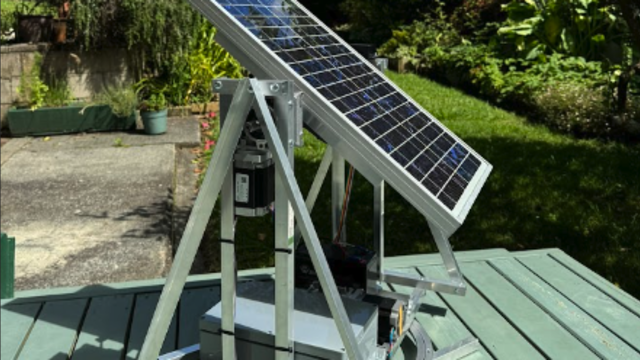The ElectroSmash Pedal Pi is a programmable guitar effects pedal that uses a Raspberry Pi zero and some code (written in the C programming language), that the user downloads on to the Pi, compiles, and runs to provide the brains of the effect.
There’s nothing to stop you writing your own effects from scratch, but the sensible way to get started is to use ElectroSmash’s own samples and go from either using code contributed by the Pedal Pi’s user community or modifying the code parameters yourself. The pedal comes in kit form, so first of all you have to build it.
Construction
With almost no soldering experience, we found the Pedal Pi pleasingly straightforward to put together. With just a few exceptions, the components were clearly labelled, and the instructions on the ElectroSmash website are clear and easy to follow.

Being afflicted by colour-blindness, the bands on resistors were impossible to read, so we had to take a trip to our friendly local electronics store to get someone to confirm the resistance values for two of the unlabelled resistors. There are also two chips (the op-amp and the analogue to digital converter) that could go on the board in a number of ways. The troubleshooting guide says to check that these are the right way round, but we couldn’t find anywhere in the instructions to show what this right way round was; the information is there on the ElectroSmash site, it just took us a while to look for it.
It’s also not mentioned in the instructions that you need to solder the included header pins to the Raspberry Pi Zero – just as well, since with the release of the Raspberry Pi Zero WH you don’t have to do this anyway. Your average Pi person would know to do this; your average guitar person might not.
What you get at the end of the fiddly, though hugely rewarding build process, is something that looks like a guitar pedal that you’ve built yourself. It’s not robust enough to stand up to gigging, but that doesn’t matter to us: ElectroSmash says that, ”The project was created with the aim of having fun and learning about guitar pedals… it does not feel like a finished pedal that you could buy in a shop.”
Sounds
At £49.95 for the full kit (you could also pay £9.95 for the PCB on its own and source the parts yourself if you preferred), the Pedal Pi is outrageously good value. Most shop-bought effects, such as the current incarnation of Ibanez’s classic Tube Screamer distortion pedal, will set you back double that, and then there are ten other effects built in – more than that actually, because the range of effects is limited only by the imagination and programming skills of whoever writes the code.
The code samples are listed in order of complexity, ranging from a simple clean tone, which demonstrates how to get a signal into and out of the pedal, to a looper effect. The most fun we had was playing with the various kinds of distortion. The fuzz, distortion, and bit-crusher effects have a processed quality that feels very 80s and early 90s. Think Smashing Pumpkins and Rage Against The Machine rather than Stevie Ray Vaughan and you’re in the right ballpark. We love it.
Software
You don’t need any prior knowledge of coding to get started working on new effects. Just open the fuzz.c file in a text editor, change a few numbers, recompile, and run the code, and you’ve got a brand-new effect. The degree of control this gives you is intoxicating.
Bedroom Brian Enos will love tweaking delay lengths and distortion characteristics, for no practical reason other than you can. As a first coding project for a guitarist who’s interested in learning to program, this is a hell of a lot more interesting than the standard ‘Hello World’. For anyone else who has tried Python and wants to go further, it’s an ideal step-up into compiled languages, and the process of building the pedal is also a great excuse to pick up a soldering iron.
£49.95 electrosmash.com
Verdict
The Pedal Pi is a wonderful bit of kit, full of potential and opportunities for noisy learning.







